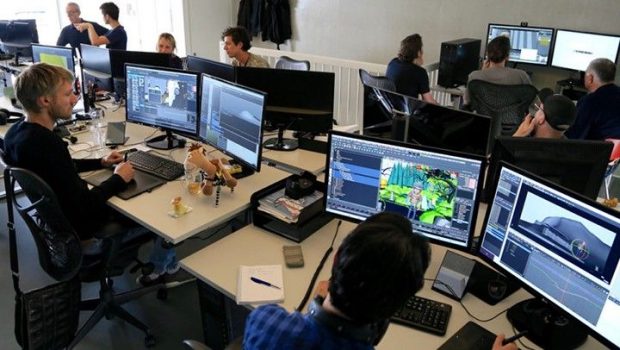Art & Architecture
10 Vocabulary of 3D Renderings to Help You in Hiring the Best 3D Rendering Studio


Any business has its own set of terminologies. Each industry, from medicine to architecture to journalism, has its language and word. The world of 3D visualization studio is no exception. In reality, if you want to hire a reputable 3D rendering studio, you’ll need to know 12 words.
- 3D modeling: You should believe that this is a very basic concept that does not require inclusion on this page. It is, however, the central definition of this area and is well worth exploring. The term refers to the method of using 3D modeling tools to create a three-dimensional mathematical image of a structure or entity. A 3D model is the result of this process. By 3D modeling, the model may be viewed as a two-dimensional image or physically generated using 3D rendering studio. This modeling evolved from 2D modeling. The 2D format only gives you a partial view of the object, while the 3D format gives you a more full view, allowing you to see it from all angles.
- 3D rendering: 3D rendering is a concept that many people find to be confusing. One source of confusion is the misconception that 3D rendering is the same as 3D modeling. Since it includes finalizing the raw model that has been developed as a 3D model, 3D rendering studio offers the final practice of modeling. Rendering is the method of transforming a raw model into a finished product. Color, special effects, illumination, and field depth are all tweaked to improve the model.
- Ambient lighting: In 3D modeling, this is a clear concept. lighting is important in 3D modeling. Ambient lighting refers to general lighting that serves as a room’s primary source of illumination. This type of lighting not only enhances visibility but also improves a room’s overall look and warmth. Ambient light offers a comfortable amount of light without glare, allowing one to comfortably explore the room.
- 3D sculpturing: A scenario in which an artist creates a 3D model on a computer screen using digital clay is referred to as 3D sculpting. Instead of resizing and merging shapes, the artist molds and shapes bricks to make amazing 3D models. This method employs software that includes brushes as well as instruments that inch, force, and drag, making it simple to create artistic sculpts on a computer screen. It’s possible thanks to a variety of tech programs. You can sculpt from scratch or a base model in most of them. The most exciting part is that the program uses advanced simulations to generate complex polygon meshes that behave like actual clay.
- CAD (Computer-Aided Design): CAD stands for Computer-Aided Drawing and is a 3D modeling concept. CAD is the process of using high-class algorithms to convert and turn an actual 2D model into a 3D model. It entails the use of computers to assist in the development, study, and alteration of a specification. Its primary purpose is to introduce new 3D architectures for novel objects. The latest products may be as small as a nut or as complex as the buildings seen in big cities like Amsterdam.
- Polygonal modeling: Another name for 3D modeling is polygonal modeling. It refers to a method of modeling structures by using polygons to make a rough approximation of their surface. A polygon mesh is formed by connecting points in 3D space, known as vertices, with line segments. Because of their versatility, textured polygonal models are used to create the majority of 3D models today.
- Bevelling: Another word used in 3D rendering studio that should be known is beveling. The concept refers to the natural appearance and looks of a 3D model build. Beveling is the method of optimizing the ideal natural look and feel of a model by eliminating the rough edges. This is done in post-production to give the image a more natural appearance.
- Texture mapping: Although this word may seem to be complex, it is a very basic definition. Texture mapping is similar to painting, wallpapering, or adding a veneer to a physical thing. It refers to the method of placing a texture map (two-dimensional) surface around a 3D structure to mimic a certain material in graphic design. As a result, the 3D object’s surface resembles that of the 2D object.
- Rapid prototyping: This refers to the method of creating a 3D model using 3D modeling software and then printing it. A 3D printer is used to produce a high-quality and presentable image. The procedure entails easily assembling a physical component or model of a product using advanced computer-aided design or other techniques. Prototyping design facilities aid in the evaluation of a product’s performance before mass production.
- Mesh: It is a three-dimensional structure made up of triangular polygons. In 3D modeling and 3D rendering studio, polygons are a set of vertices, corners, and faces that define the form of an object.3D meshes correspond to forms of height, weight, and depth using mathematical points X, Y, and Z.